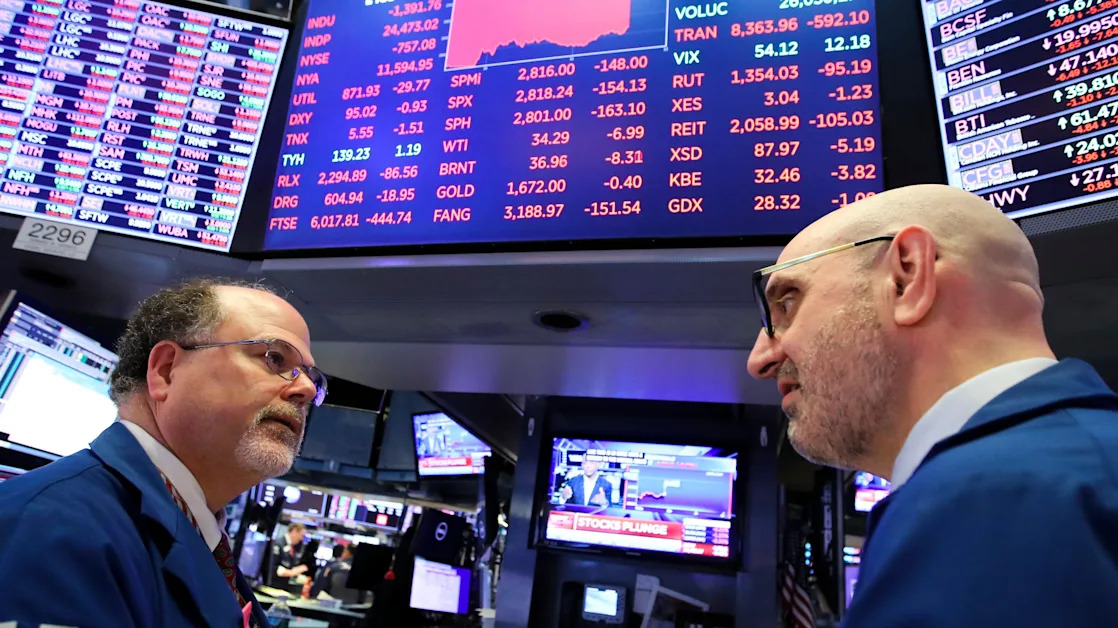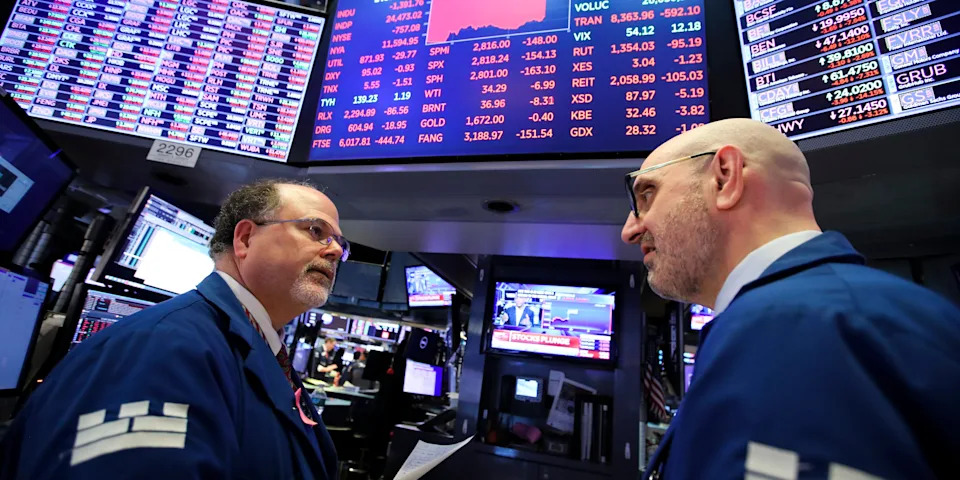
3 reasons market pros see more pain coming for the stock market

Stocks have clawed back most of their losses since Trump's trade war sparked a historic sell-off, but the rally is at risk of disruption, according to Wall Street pros.
Despite the S&P 500 's rally in recent weeks, there is a growing number of indicators that suggest the market is steering into fresh headwinds, forecasters say.
The benchmark index has gained 11% since its low on April 8, the day stocks capped off a 12% decline spurred by Trump's April 2 reciprocal tariffs announcement.
Here are some of the warning signs for stocks market experts see on the horizon.
1. Bearish technical indicators
The market is flashing technical signals that suggest a more challenging backdrop for equity prices.
The S&P 500, for one, is nearing two key resistance levels: the index's 50-day and 200-day moving averages.
In the past, when the S&P 500 is already in a downtrend and nearing those levels, that's led to more pressure on equity prices, as the decline in the moving averages suggests that sellers are overwhelming buyers in the market.
Jeff deGraaf, the head of technical research at Renaissance Macro, also pointed to how stocks have clawed back more than 50% of their peak-to-trough decline since Liberation Day.
"That's kind of the natural level that you would expect to see some type of resistance," he said of the 50% gain, speaking to CNBC on Tuesday. "We've got a few overbought indications."
"I think this is a bear market rally. I think we rally another 3%-4%, and I think we've got some struggles ahead of us," deGraaf added. "All of our trend work has shifted and moved bearish."
2. Recession risk
Stocks could be under more pressure if the US ends up tipping into a downturn, according to Goldman Sachs.
GDP , a measure of economic growth, declined 0.3% in the first quarter, according to the Commerce Department, the first time the economy has contracted since 2022. Economic activity isn't likely to bottom from tariffs until the third quarter of this year, per Goldman's forecast.
When stocks bottomed in early April, the S&P 500 was down 19% from its peak in February. Yet, when compared to past recessions, a 19% drawdown in the benchmark index would be relatively mild, the bank said, suggesting that the market could see more downside if the economy were to enter a recession.